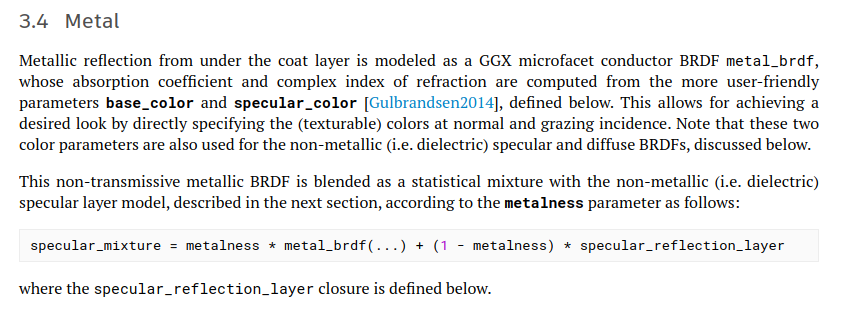Bringing an Accurate Fresnel to Real-Time Rendering
a Preintegrable Decomposition
Laurent Belcour

Megane Bati

Pascal Barla

Offline / Real-Time Convergence
- Goal: use game engines across productions
- Not just in previz.
- Not just for backgrounds
- Challenge: a unified workflow
- Assets
- ...
- Asset appearance must match
- That includes material models
- All models rely on Fresnel reflectance/transmittance
Production of Love & 50 Megatons
What is Fresnel reflectance?
- Amount of light reflected by a surface
- Basic ingredient of Microfacet models
- Based on the Index of Refraction $\eta + i \kappa$
$ \theta $
$ \theta $
What is Fresnel reflectance?
- Amount of light reflected by a surface
- Basic ingredient of Microfacet models
- Based on the Index of Refraction $\eta + i \kappa$
- A better parameterization exists
- Designed for metals [Gulbrandsen 2014]

$r$
$g$
$g = $ 0.0
$\eta = $ 1.5
$\kappa = $ 0.0
What is Fresnel reflectance?
- Amount of light reflected by a surface
- Basic ingredient of Microfacet models
- Based on the Index of Refraction $\eta + i \kappa$
- A better parameterization exists
- Designed for metals [Gulbrandsen 2014]
- Not linear with respect to edge tint


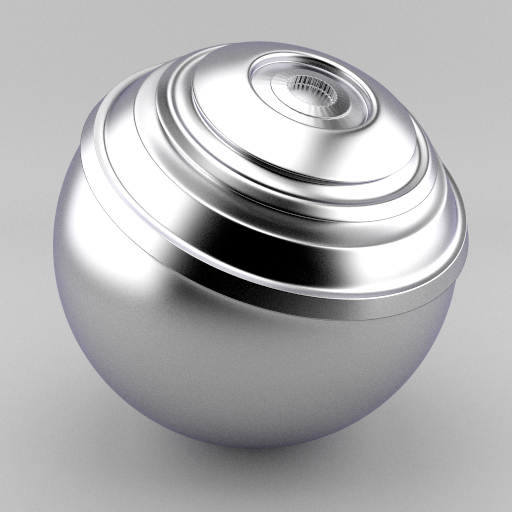


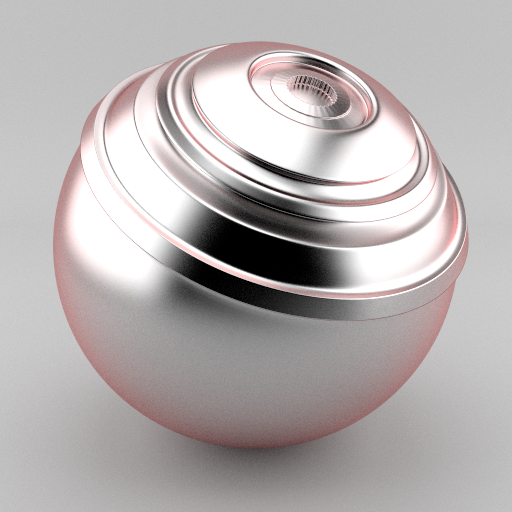
Gulbrandsen's parameterization, blue to red
What is Fresnel reflectance?
- Amount of light reflected by a surface
- Basic ingredient of Microfacet models
- Based on the Index of Refraction $\eta + i \kappa$
- A better parameterization exists
- Designed for metals [Gulbrandsen 2014]
- Not linear with respect to edge tint
- Approximations exist
- The famous Schlick Fresnel [Schlick 1994] $$ \rho = r + (1 - r)\left( 1 - \cos(\theta) \right)^5 $$
- Not controllable at grazing angles
Another Issue: Lack of Unification
- Multiple "Standards"
- Exact Fresnel with Gulbrandsen's parameterization
- Approximate Fresnel using Schlick
- War of the Fresnels (which to choose?)
- Some with strong opinion [Hoffman 2019]
- My take: this is not my battle
- No cross-compatibility
- Schlick Fresnel is not a valid Fresnel
- Conversion impacts material perception
- Issue: game engines only use Schlick
- Restricts the use of game engines in production
- Let's do something about it!
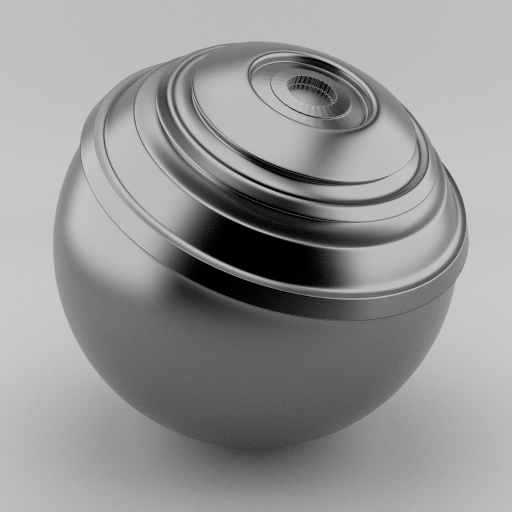
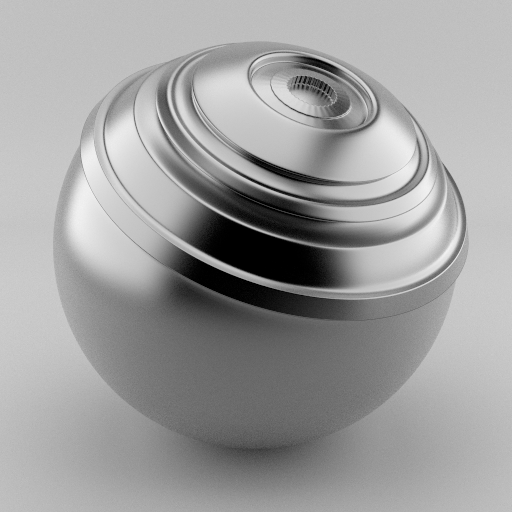
What is the Constraint of Real Time?
- Precomputed integrals (e.g., Split-Sum Integral [Karis 2013])
$$
L_o = \int_\Omega \rho(\omega_i, \omega_o) L_i(\omega_i) \mbox{d}\omega_i
$$
Too hard to evaluate analytically
What is the Constraint of Real Time?
- Precomputed integrals (e.g., Split-Sum Integral [Karis 2013])
$$
L_o \simeq
\color{green}{ \int_\Omega \rho(\omega_i, \omega_o) \mbox{d}\omega_i }
\times
\color{blue}{ \int_\Omega D(\omega_h) L_i(\omega_i) \mbox{d}\omega_i }
$$
Separate the integral into directional albedo (FGD) and light terms (LD).
What is the Constraint of Real Time?
- Precomputed integrals (e.g., Split-Sum Integral [Karis 2013])
$$
\color{green}{ \int_\Omega \rho(\omega_i, \omega_o) \mbox{d}\omega_i }
$$
FGD Depends on roughness, view direction, reflectivity, and edge tint.
What is the Constraint of Real Time?
- Precomputed integrals (e.g., Split-Sum Integral [Karis 2013])
$$
\color{green}{ \int_\Omega \rho(\omega_i, \omega_o) \mbox{d}\omega_i }
= r \times \quad\quad\quad\quad + \,\, (1-r) \times \, $$


Schlick Fresnel allows us to reduce the dimensionality.
Requirements for a Cross-Production Fresnel
| Schlick | Gulbrandsen | "New model" | |
| Accuracy | ✗ | ✓ | ✓ |
| Real Time | ✓ | ✗ | ✓ |
| Linear parameters | ✓ | ✗ | ✓ |
| Optional edge tint | ✗ | ? | ✓ |
Did You Say Precomputed?
- What does it mean?
- Fresnel is mostly used through a LUT
- So, why bother having an analytical form?
- One constraint though
- Fresnel must be a linear decomposition
- This decomposition is known ahead of rendering
- This was the starting point for our research
An Empirical Fresnel Decomposition
- Extract a Fresnel model from data
- Linear decomposition of Fresnel reflectance $$ F(\theta) \simeq \sum_i w_i b_i(\theta) $$
- What we need is a basis tailored to Fresnel reflectance
- How many basis functions do we need?
- Eigenvalues for dieletrics → 3
An Empirical Fresnel Decomposition
- Extract a Fresnel model from data
- Linear decomposition of Fresnel reflectance $$ F(\theta) = \sum_i w_i b_i(\theta) $$
- What we need is a basis tailored to Fresnel reflectance
- How many basis functions do we need?
- Eigenvalues for dieletrics → 3
- Use the SVD to extract a basis
- But we enforce some constraints
- And use a tailored fitting procedure
Fitting A Fresnel Reflectance
$$
= c_0
$$
$$
+ \, c_1
$$
$$
+\, c_2
$$
$$
+ \, c_3
$$
$$
= r
$$
$$
+ \, {\scriptstyle (1-r)}
$$
$$
+\, c_2
$$
$$
+ \, c_3
$$
Results: Curves
$\eta $ $\kappa $
Results: Comparison with Schlick Fresnel
- Rhodium (Rh)


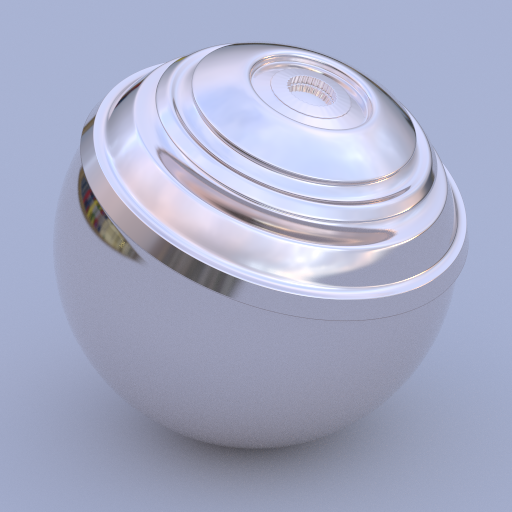

Results: Comparison with Schlick Fresnel
- Tungsten (W)

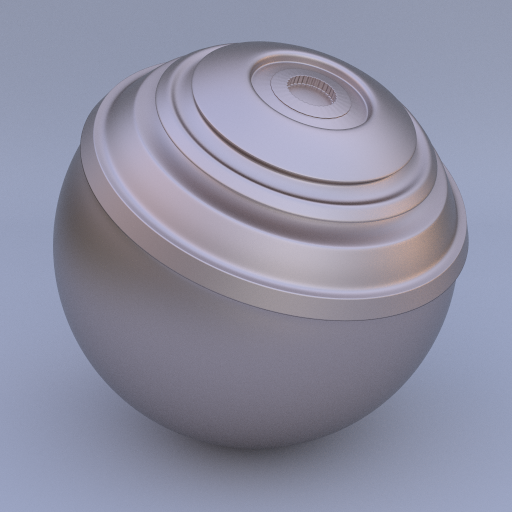


Results: Comparison with Schlick Fresnel
- Chromium (Cr)




Where Are We So Far?
| "New model" | |
| Accuracy | ✓ |
| Real Time | ✓ |
| Linear parameters | ? |
| Optional edge tint | ? |
where Are We So Far?
| "New model" | |
| Accuracy | ✓ |
| Real Time | ✓ |
| Linear parameters | ? |
| Optional edge tint | ? |
Building a Parameterization
- We could build a color parameterization
- Use the zero crossing of $b_3(\theta)$
- There the reflectance is determined by $c_2$ only
- Has its drawbacks
- Can break energy conservation (need clamping)
- Can introduce unwanted colours
Building a Parameterization
- Take advantage of $(c_0, c_2)$ space
- Our model is linear with respect to $c_i$
- Any non-linearity will show in this space
- Display the Gulbrandsen parameterization
- Regular grid of $(r,g)$ shows the non-linearity
- Any Fresnel reflectance is constrained to this space
- Find $c_2(r, \beta)$, then $c_3(r, c_2)$
$c_0 = r$
$c_2$
Building a Parameterization
$c_0 = r$
$c_2$
Offline Renders





Gulbrandsen's parameterization, blue to red
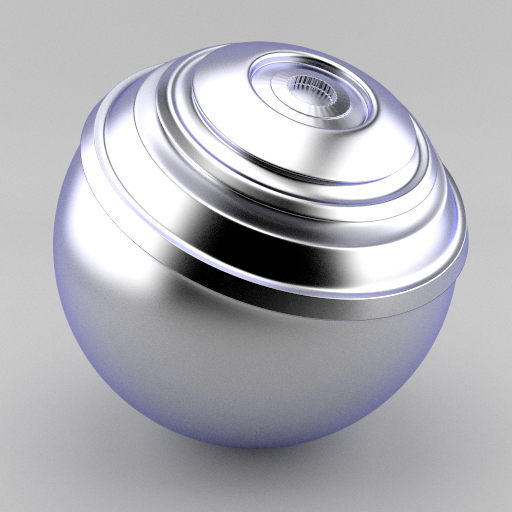
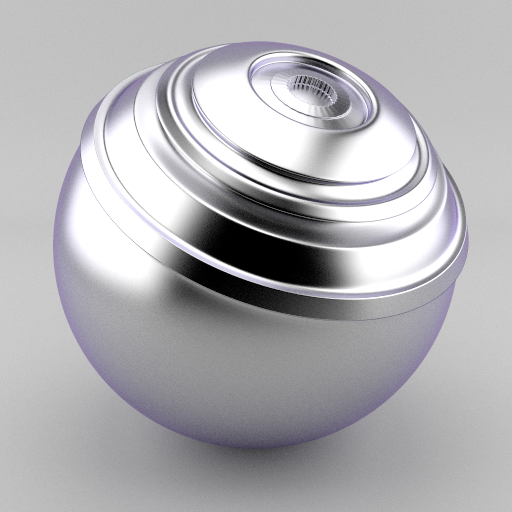
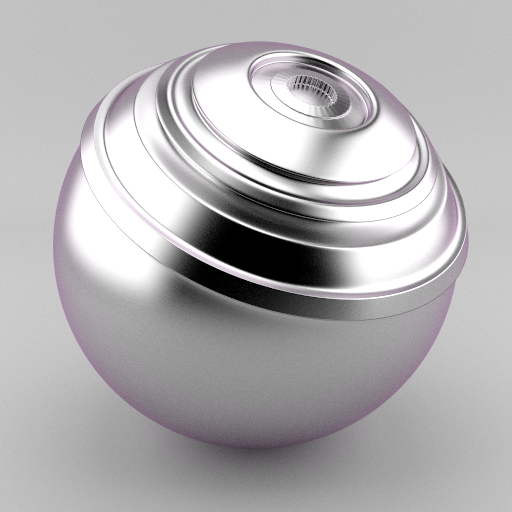
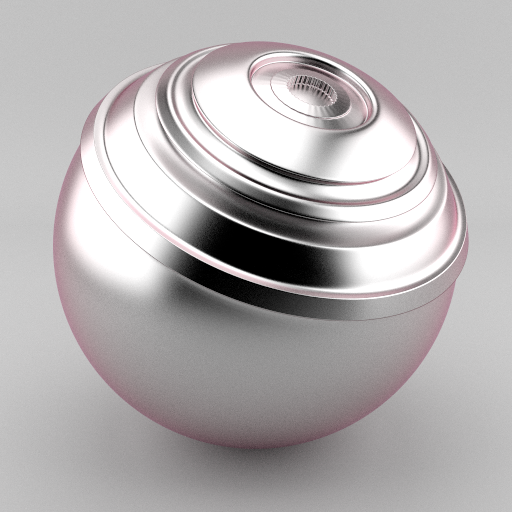
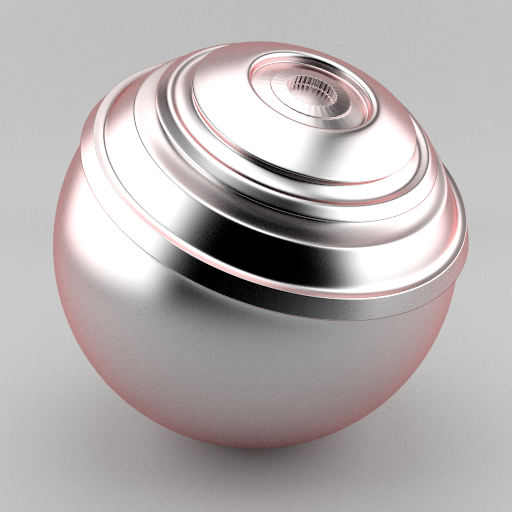
Our parameterization, blue to red
Performance
- OpenGL demo
- Running on an Nvidia RTX 2070 at 720p
- 0.02 ms overhead compared to Karis' split-sum integral
Unity Demo
- Editing session
- Implementation by Thomas Deliot
- Custom Forward shader in Unity HDRP
- Running on an Nvidia RTX 2070
where Are We So Far?
| "New model" | |
| Accuracy | ✓ |
| Real Time | ✓ |
| Linear parameters | ✓ |
| Optional edge tint | ? |
No Edge Tint Default
- Many possibilities
- $\beta_o = 0$ is a bad idea
- $\beta_o = \text{argmin}\left(c_2^2 + c_3^2 \right)$ → bad with edge-tint control
- Best solution we found: $\beta_o = 0.75$
- No grazing angle componnent
- Allows back-and-forth edits of r and g
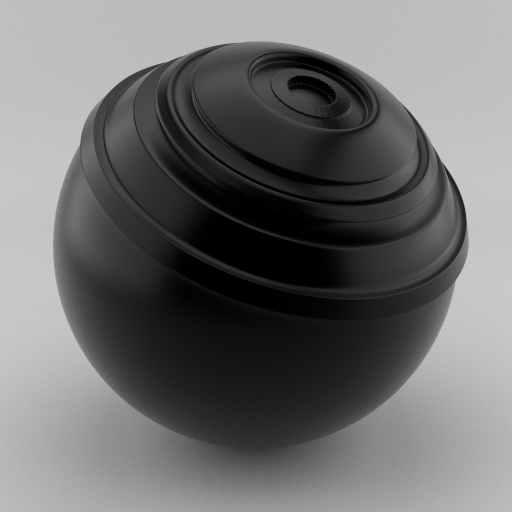

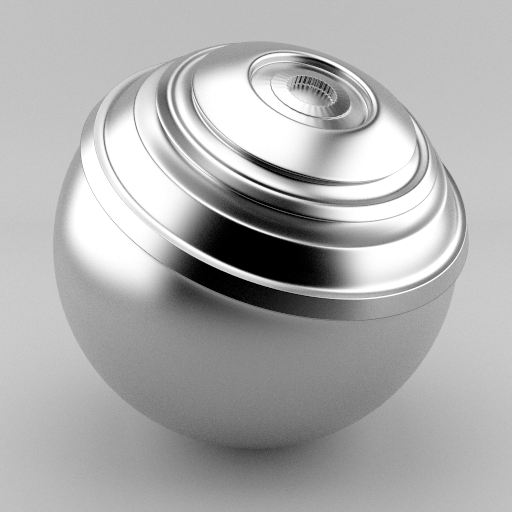

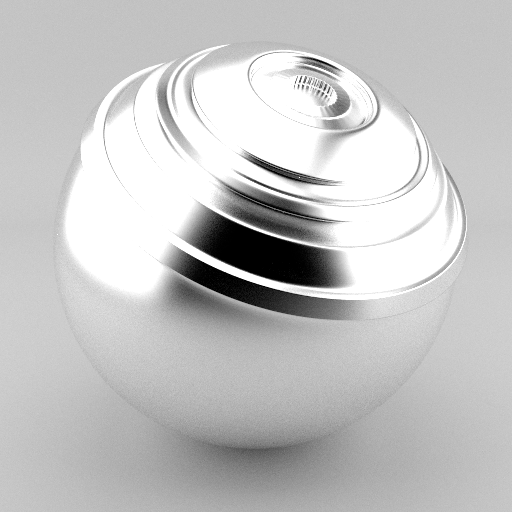
Default using Gulbrandsen (g = 0.75)
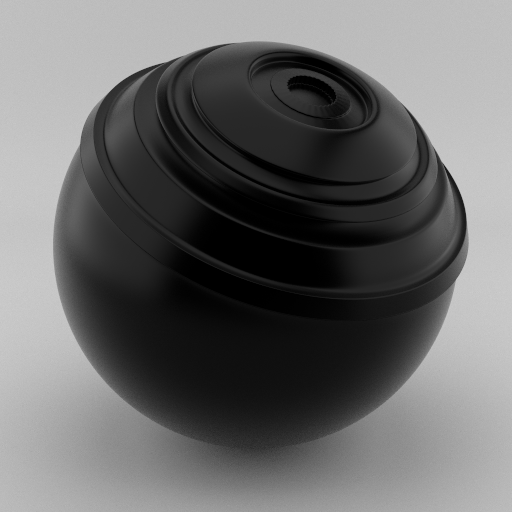


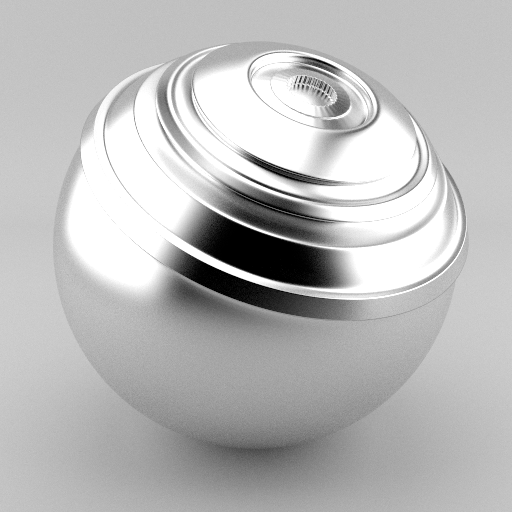
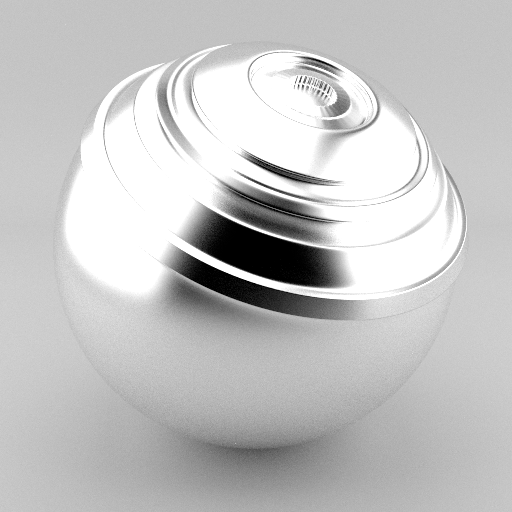
Schlick with Equivalent r
$r $ $\beta $
Standardize Fresnel?
- Let's start a community discussion about it!
- Use Fresnel models coherently!
- Replace Schlick by a no edge tint default?
- Add edge tint in a opt-in/out fashion
- An editing format for artists
- Linear edge-tint parameter?
- Artistic $F(X^{\circ})$?
- Your parameterization here?
- An exchange format
- Even share coefficients?
- Compression / conversion / ... should be defined
Summary
- A framework to build Fresnel model
- Compatible with real-time rendering
- Accurate with respect to reference Fresnel
- Improve Fresnel parameterization
- More linear than Gulbrandsen's
- Or with colour control
- More details at belcour.github.io/blog
- Source code, notebook, ...
Thanks to: Thomas Deliot for the Unity prototype. Eric Heitz, Jonathan Dupuy, and Kenneth Vanhoey for feedbacks. Naty Hoffman, Stephen Hill, Emmanuel Turquin, and Sebastien Lagarde for discussions on Fresnel.
Slides use reveal.js framework with juxtapose for image comparisons. Studio and shader ball assets available at blendswap.
Slides use reveal.js framework with juxtapose for image comparisons. Studio and shader ball assets available at blendswap.
